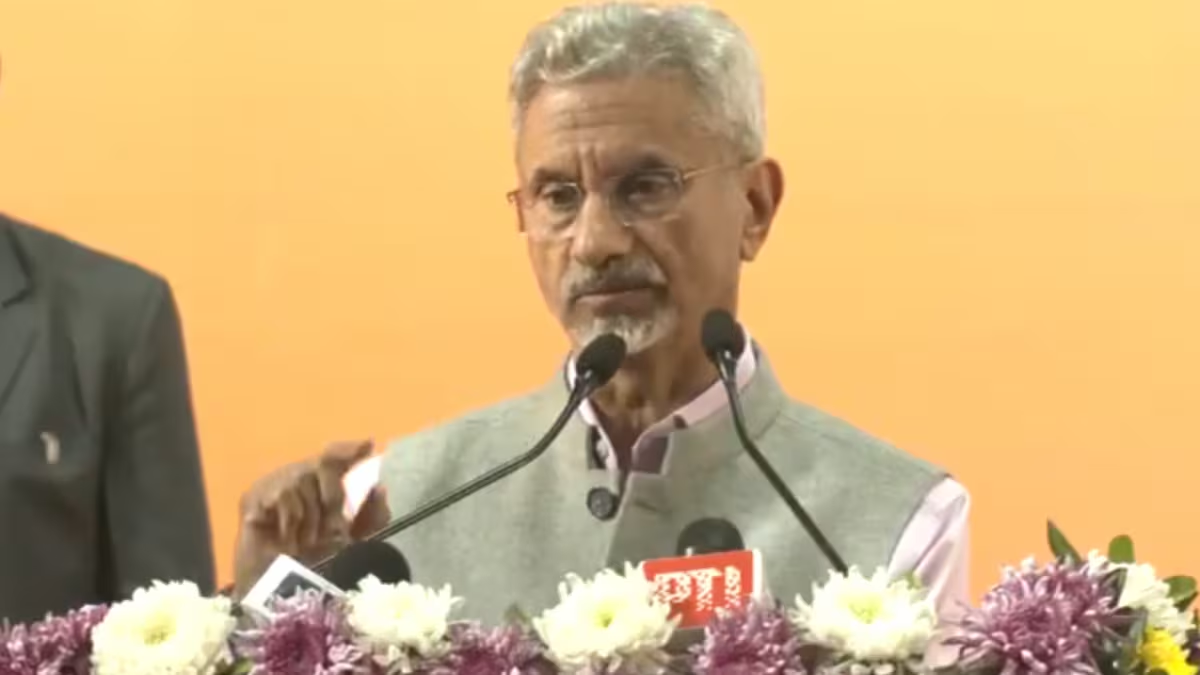Can the Northern Lights strike twice within a month?
After New Englanders were recently treated to the brilliant aurora, they could have another shot at seeing the dazzling light display this weekend.
NOAA’s Space Weather Prediction Center has issued a “Geomagnetic Storm WATCH” for Friday and Saturday, alerting residents that the event could lead to people seeing the Northern Lights.
“The aurora may become visible over some northern and upper Midwest states from New York to Idaho,” reads the geomagnetic storm watch.
“A coronal mass ejection is an eruption of solar material,” the watch states. “When they arrive at Earth, a geomagnetic storm can result.”
People won’t have to worry about clouds Friday night, according to the National Weather Service’s Boston office.
“It looks like it will be absolutely clear,” said meteorologist Frank Nocera. “So there should be no issues with viewing any geomagnetic storms.”
Earlier in May, many residents in Massachusetts got a good look at the stunning Northern Lights during an “unusual and potentially historic event.”
A severe solar storm had sparked the chance to view the aurora across the northern half of the country — even as far south as Florida. NOAA’s Space Weather Prediction Center issued the first G4 (severe) geomagnetic watch since 2005.
A few tips for seeing the Northern Lights is getting away from city lights and having an unobstructed view north.
Coronal mass ejections from the sun are explosions of plasma and magnetic fields from the sun’s corona. They cause geomagnetic storms when they are directed at Earth.
Geomagnetic storms can impact infrastructure in near-Earth orbit and on Earth’s surface — potentially disrupting communications, the electric power grid, navigation, radio and satellite operations.
“Power grid fluctuations can occur,” reads the geomagnetic storm watch. “High-latitude power systems may experience voltage alarms… Spacecraft – Satellite orientation irregularities may occur; increased drag on low Earth-orbit satellites is possible… Radio – HF (high frequency) radio propagation can fade at higher latitudes.”






